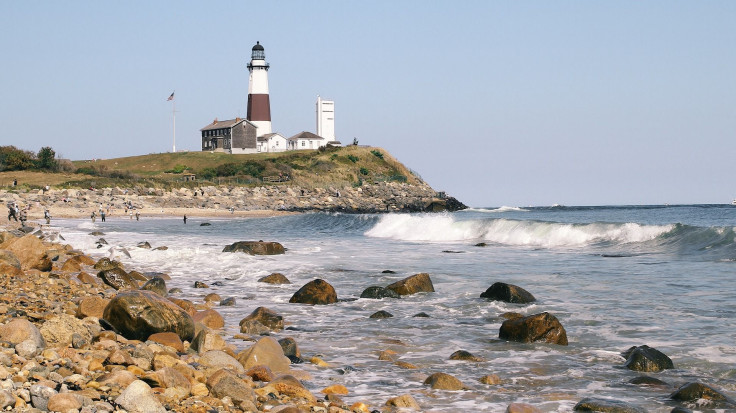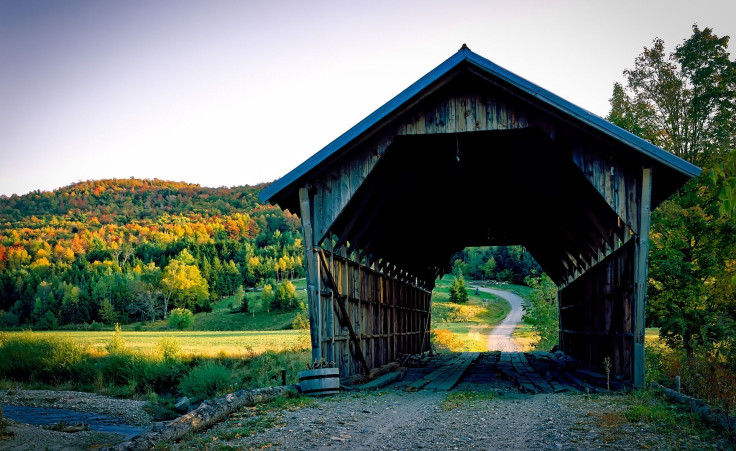Magma Rising To Earth’s Surface In Hot Glob Below US Northeast

People living in New England are sitting on top of a giant bubble of warm rock that is slowly lifting up toward Earth’s surface and will one day pop in a huge volcanic eruption, new research indicates.
The explosion probably won’t happen for millions of years, but it could be devastating to whatever lives in Massachusetts, Vermont and New Hampshire when the time comes, according to Rutgers University. Other states may also be affected by the rising rock, which is a smaller version of the magma blobs that ascend to the surface beneath active volcanoes before they erupt.
“The upwelling we detected is like a hot air balloon, and we infer that something is rising up through the deeper part of our planet under New England,” Rutgers geophysicist Vadim Levin said in a statement. He added that the impending eruption won’t reach the scale of the Yellowstone supervolcano in the mountain states of the western United States, but it would be a “distant relative” of the kind of monster explosion Yellowstone is capable of producing.
A team of geologists measured seismic activity across the U.S., finding vibrations that suggest an upwelling mass of rock underneath the northeastern region that stretches for a couple hundred miles.

Scientists have previously found that a spot in the upper mantle, just below the crust, in the Northeast is hundreds of degrees warmer than what’s around it. The new research draws a connection between this phenomenon and the new seismic findings.
The group’s study in the journal Geology says the warm gob of rock is located below central New England. On the scale of the planet’s history, it did not form very long ago — it has not caused any volcanic activity in the area and the rising mass has not pushed up the ground above it, suggesting it is still “geologically recent.”
Seismic activity reveals what’s going on in the interior of the planet because of how vibrations change when they move through materials that vary in density, texture and other properties. The data used in this study — from sensors that picked up vibrations rattling the U.S. after earthquakes — were collected by the National Science Foundation through its EarthScope program, which aims to better understand the mechanics of North America and what causes earthquakes and volcanoes.
The Northeast is “large and relatively stable,” according to Levin, so the upwelling bubble of rock is unusual.
“It will likely take millions of years for the upwelling to get where it’s going,” he said. “The next step is to try to understand how exactly it’s happening.”
Tectonic plate movements and magma activity are both responsible for how large landmasses behave over long durations of time. In Earth’s roughly 4.5-billion-year old history, continents have shifted numerous times, joining and breaking apart, and are in motion even now.
“Our study challenges the established notion of how the continents on which we live behave,” Levin said. “It challenges the textbook concepts taught in introductory geology classes.”
© Copyright IBTimes 2024. All rights reserved.





















